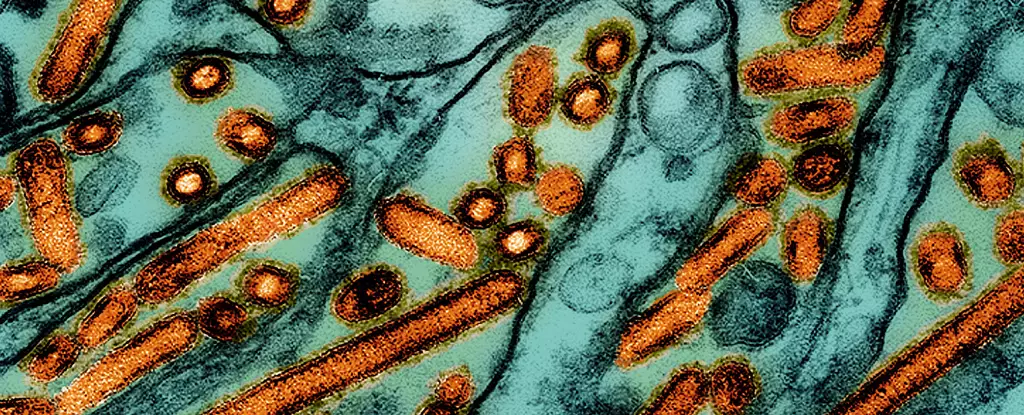In recent weeks, the United States has faced a significant public health scare due to the emergence of severe avian influenza cases, particularly highlighted by a critical condition case in Louisiana. This incident marks the first serious human infection in the nation during the ongoing 2024 outbreak, suggesting that the H5N1 strain of the virus may pose a more imminent threat than previously anticipated. With the number of human infections in the U.S. rising to 61, public health officials are calling for heightened awareness, especially since California has recently issued a state of emergency to address the situation effectively.
The Louisiana patient, an elderly individual over the age of 65 with pre-existing health conditions, was found to be infected after exposure to sick and deceased birds from backyard flocks. As reported, the patient is grappling with severe respiratory illness related to the H5N1 virus. The critical nature of this case stands in stark contrast to most previous cases in the U.S.—which were characterized by milder symptoms and home recoveries. This escalating severity further intensifies fears regarding the potential for a pandemic reminiscent of previous outbreaks that have claimed numerous lives worldwide due to this virulent strain of influenza.
Global Context and Historical Implications
Globally, the H5N1 strain has a notorious history of causing severe illness among humans, with approximately 50 percent mortality associated with past cases in other countries. Demetre Daskalakis, a senior official with the CDC, emphasized this lethal potential during a recent briefing, thereby underscoring the necessity for a coordinated federal response to this emerging threat. The implications of such high mortality rates from avian influenza urge not only alarm but also preventive actions at the governmental level.
In response to detectable risks, the California government’s proclamation of a state of emergency is a crucial step in mobilizing resources necessary for combating this outbreak. Governor Gavin Newsom has articulated the aim to enhance monitoring systems and bolster the agricultural sector’s response capabilities. Such proactive efforts are essential given the rapid escalation of this health risk. The immediate priority is to ensure that the authorities are well-equipped and prepared to handle potential crises in the coming weeks.
Recent genetic sequencing of the H5N1 strain from the Louisiana patient revealed that it belongs to the D1.1 genotype, which has been detected in wild birds and poultry across the U.S. Moreover, similar strains were identified in other human cases, such as a teenager hospitalized in Canada. Disturbingly, this variant differs from other haplotypes associated with less severe symptoms. Such genetic insights are pivotal for epidemiologists and public health officials as they work to track the spread of the virus and anticipate its potential impacts on human populations.
Even as experts urge caution, the importance of surveillance cannot be overstated. Researchers have voiced concerns that a lack of robust monitoring mechanisms may allow for unnoticed spillovers from animals to humans. The existing gap in surveillance raises questions about the prevalence of lesser-known transmission patterns and the potential for asymptomatic human-to-human cases that could complicate disease management. Enhanced vigilance and improved reporting systems are essential in curbing further infections as this crisis unfolds.
In light of the emerging crisis, the U.S. government has proactively stockpiled vaccines against avian influenza to prepare for possible human transmission. Promising preliminary results from experimental mRNA vaccines, which have shown success in protecting ferrets, suggest a future pathway for interventions in human populations. As the situation continues to evolve, the focus on developing effective vaccines and treatment options will be critical in safeguarding public health.
The emergence of serious avian influenza cases in the United States indicates a growing public health risk that cannot be ignored. With severe cases surfacing, the focus must shift from passive observation to active engagement in surveillance, research, and vaccine development. While experts maintain a level of cautious optimism, the next steps taken by health authorities will determine the trajectory of this outbreak. As we navigate this uncertain landscape, public awareness and preparedness must remain at the forefront to mitigate the risk of a broader pandemic.


Leave a Reply